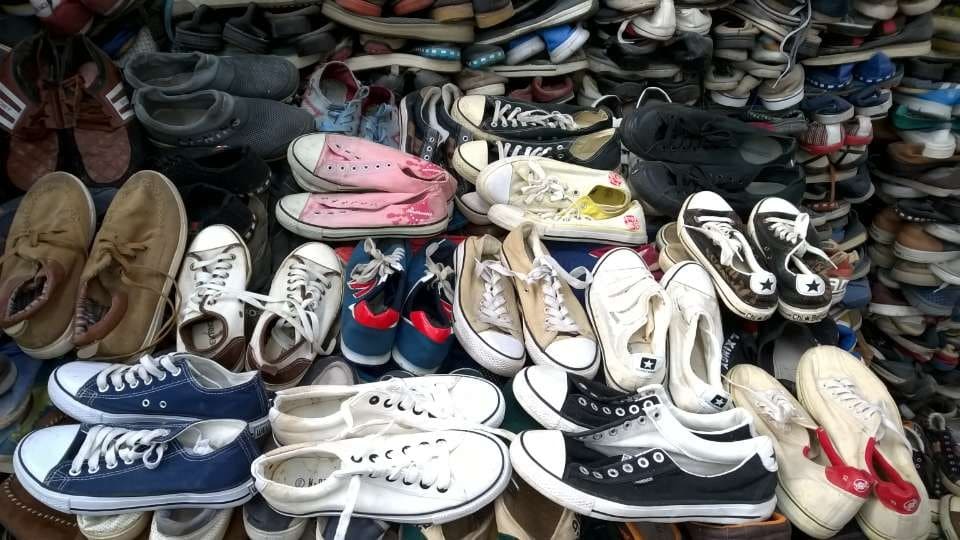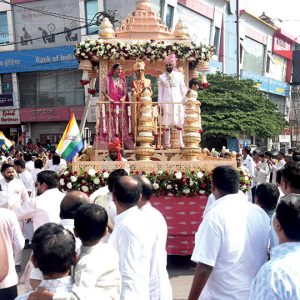Connecting the datelines of epics Ramayana of Thretha Yuga going back to around 10,000 years as well as Mahabharatha of Dwapara Yuga to around 5,000 years with two other datelines namely a) of our ancestors existing on earth 60,00,000 years ago and b) of the modern form of humans having evolved around 2,00,000 years ago should make it an excitingly fascinating subject to debate, without either prejudice or premeditated views. The fascinating factor is mainly the contribution of artists (painters and sculptors) in presenting divine players of the epics as also their foes, namely the demons (raakshasas) in human form, except for some deviations such as the ten-headed Ravana or some deities with more than one pair of hands. For the purpose of this column, the centrestage of the debate is awarded to footwear as it is featured in many episodes of the epics and later periods recorded in history. In Ramayana, Sri Rama’s brother Bharatha holding fort by keeping the Lord’s footwear to represent the king and in Mahabharatha, the polyandrous wife Draupadi using footwear of the five Pandava brothers for sake of privacy are oft-quoted examples in footwear fables (paaduka prasanga).
Footwear, as is its image in our days has its own saga of several centuries dating back to the now-defunct ancient civilisations namely Roman (750 BC), Greek (12th-9th centuries BC) and Indus Valley or Harappan (2600-1900 BC). Stated very briefly, the earliest shoe prototypes were made of leather, gradually graduating to become popular, subsequently acquiring a status symbol revealing wealth and social standing. The rest of the footwear saga is too long and descriptive to be covered in the limited space of this column.
Footwear, given its exclusive role of protecting wearer’s feet from getting hurt by rubble and thorn in the walkway, has got itself relegated to the back-burner in relation to other elements of one’s attire. It is disallowed into the precincts of shrines and also living spaces of homes in the name of cleanliness. With some disgruntled persons using footwear as missile while hurling it at top officials and also judicial officers not too long ago, as reported in the media, the stuff earned some name and no fame, unlike in the episode featuring Nikita Khrushchev, the leader of the then USSR in the UN shoe-banging incident of 1960.
To digress and come back give the footwear its due attention, one may cite the report in a section of the press this week featuring two-member team of Bengaluru launching movement to help the poor walk safely, given a large segment of the population not affording footwear. Their paaduka prasanga, as it were, is urging the public to drop their used pairs in boxes at selected locations to be later reached to needy barefoot beneficiaries.








Recent Comments